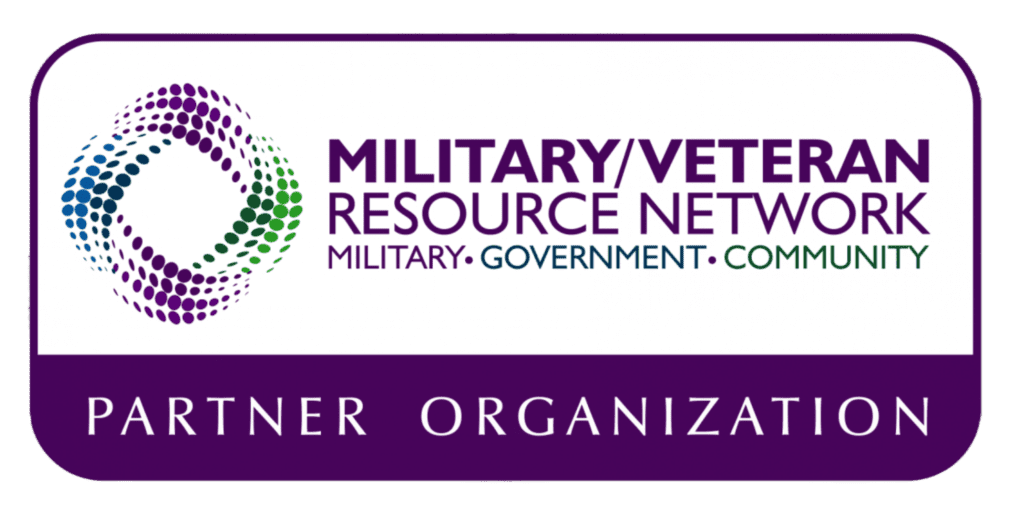Mental Health
Canyon Vista Recovery's Mental Health Program provides a residential care setting for both primary mental health conditions and substance use disorder.
Our serene campus is conducive to helping individuals heal. While under our care, clients receive clinical treatment from credentialed clinicians, engage in a robust recovery program, heal from family dynamics associated with addiction and mental health issues, and learn how to reintegrate into society while living a healthy lifestyle.
Our primary mental health program is for clients with or without a substance use issue and we currently accept clients with the following mental health conditions:
- Anxiety,
- Depression,
- Bipolar,
- Borderline personality disorder.
Clients must be stable before admitting to our mental health program.


What are Co-Occurring Disorders?
Co-occurring disorders, also known as dual diagnosis or comorbidity, refer to the presence of both a substance use disorder (SUD) and one or more mental health disorders occurring simultaneously in an individual.
This coexistence of conditions can complicate diagnosis, treatment, and recovery. By addressing both substance abuse and mental health issues concurrently, individuals with co-occurring disorders can achieve improved outcomes and enhance their quality of life in recovery.
Treatment modalities at Canyon Vista include:
- Motivational Interviewing
- CBT
- DBT
- Psychiatric Care
- Trauma therapy
- Gender-specific process groups
- Sunday family visitation
- Aftercare coordination
- Ongoing alumni program
Substance Use Disorder & Mental Health at Canyon Vista
A residential care setting for substance use disorders, often referred to as a residential treatment center or rehab facility, is a structured and supportive environment where individuals with substance abuse issues can receive intensive treatment and support to overcome their addiction.
Our facility offers a range of services aimed at helping individuals achieve and maintain sobriety while addressing the underlying factors contributing to their addiction.





